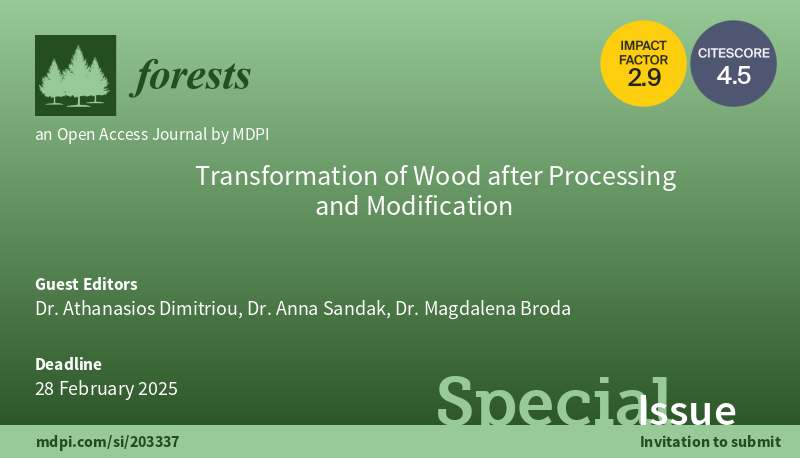
April 30, 2024


The built environment and the construction industry represent a large portion of harmful emissions globally. It is estimated that the built environment is responsible for approximately 40% of the total carbon emissions in the world (Tracking Progress | Globalabc, n.d.). Climate change is a more pressing threat than ever, and its effects are becoming more apparent in many areas of the world. Therefore, it is essential to analyse and optimize every industry sector, including the construction sector. A regenerative approach that includes aggressive steps to achieve environmental restoration along with behavioural change is necessary.
In light of these challenges, a group of InnoRenew CoE researchers – dr. Erwin M. Schau, dr. Michael Burnard, and Eva Prelovšek Niemelä – in collaboration with a long-term research visitor dr. Alberto Quintana-Gallardo (a researcher from the Center for Physics Technologies (CTFAMA), Universitat Politecnica de Valencia), performed a study to better understand the environmental impact of single-family wood homes in different locations in Europe.
In their study researchers dealt with the analysis of existing barriers, as well as opportunities in the design process of a single-family wood house. By using the same house design in different locations, it is possible to better analyse how barriers change exclusively because of the local conditions. Understanding those changes could help in designing better and more optimized buildings.
The single-family wood model houses were compared in Munich (Germany), Ljubljana (Slovenia), Portorož (Slovenia), Madrid (Spain), and Valencia (Spain). The first two cities have continental climates, and the last three mediterranean climates. Even if only two climatic zones were compared in this study, each location has specific characteristics leading to differences in weather conditions, material sources, electricity mix, and use patterns. A building designed to represent an average European single-family wood house was used as a reference for the study. By using the cradle to grave Life Cycle Assessment (LCA) authors analysed the existing barriers for designing a regenerative wood house and how those barriers change depending on the local conditions.
The LCA results show that, despite the highly insulative building envelope, the use phase still contributes between 65% and 76% of the total carbon emissions over the complete life cycle of the house. Carbon emissions and the overall environmental impacts are higher in the locations with a colder climate, due to the energy use for heating. The carbon emissions in Munich are much higher than in Ljubljana, despite having a similar energy consumption. This is because of the electricity mix effect, which is observed also when comparing the environmental impacts in Madrid and Portorož, where the carbon dioxide emissions are slightly higher in Madrid, even if there is a lower energy consumption.
These results demonstrate the need for taking measures to overcome the impacts that are not possible to eliminate by passively isolating houses. Additionally, the authors show how the barriers between conventional construction and regenerative buildings change depending on factors linked to location, which highlights the importance of place in regenerative construction.
The study shows a need to determine how to improve the design of single-family wood homes for reaching higher sustainability goals in our society.
Read the whole article “Comparing the environmental impacts of wooden buildings in Spain, Slovenia, and Germany” (Quintana-Gallardo et al., 2021) published in Journal of Cleaner Production.
Author: Lea Primožič
Helpful definitions:
References:
Andreucci, M. B., Marvuglia, A., Baltov, M., & Hansen, P. (Eds.). (2021). Rethinking Sustainability Towards a Regenerative Economy (Vol. 15). Springer International Publishing. https://doi.org/10.1007/978-3-030-71819-0
EN 17680:2023—Sustainability of construction works—Evaluation of the potential for sustainable refurbishment of buildings. (n.d.). iTeh Standards. Retrieved 25 January 2024, from https://standards.iteh.ai/catalog/standards/cen/11fd61d3-6180-4797-a974-6cf24e90f530/en-17680-2023
Quintana-Gallardo, A., Schau, E. M., Niemelä, E. P., & Burnard, M. D. (2021). Comparing the environmental impacts of wooden buildings in Spain, Slovenia, and Germany. Journal of Cleaner Production, 329, 129587. https://doi.org/10.1016/j.jclepro.2021.129587
Tracking progress | Globalabc. (n.d.). Retrieved 25 January 2024, from https://globalabc.org/our-work/tracking-progress-global-status-report